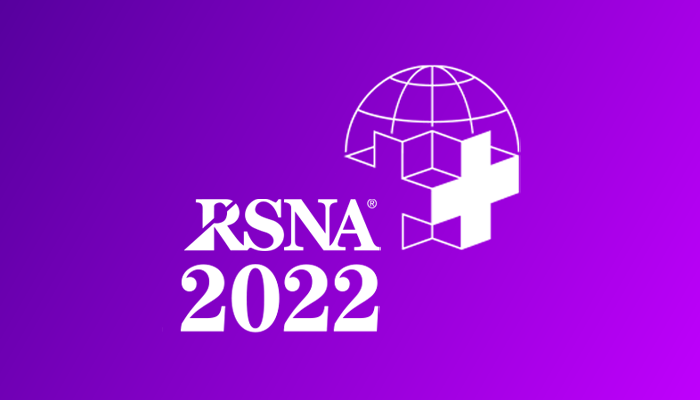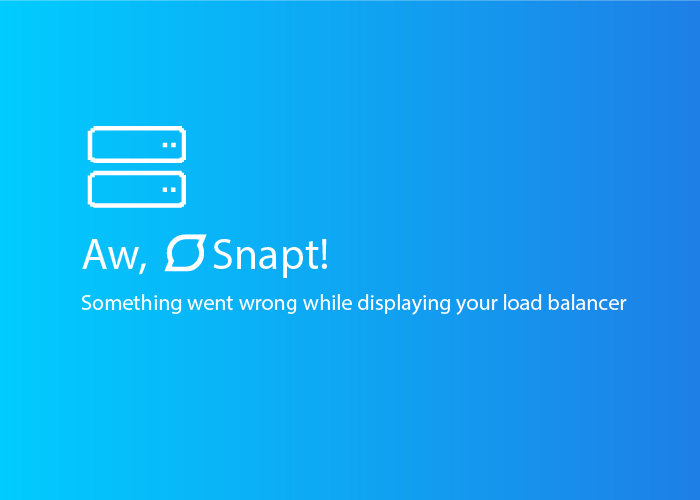
Insights from the load balancer experts


Using Grafana Loki with HAProxy for log aggregation

What is Stunnel and how do you configure it?

Solving the Layer 4 ARP problem on Linux with Ansible

How Application Delivery Controllers (ADCs) can help object storage vendors increase their margins in an economic downturn

My concerns about our current approach to cardiology imaging

How to add loopback interfaces on Windows with PowerShell

Loadbalancer.org helps NHS Trust optimize the performance of its PaperCut MF print management software and meet their cost savings target

Report back from the OWASP Core Rule Set Community Summit and OWASP Global AppSec 2023: The WAF conundrum

Arab Health 2023: How to achieve consumer centricity in radiology

How to create an SSL certificate in Linux

A thank you from Loadbalancer.org's Co-Founders: Celebrating 20 years of clever, not complex, high availability solutions

DICOM viewers: Can you recommend a free one I can trust?

Automating load balancer management with Ansible Playbooks

What is network interface bonding and what might you use it for?

Lessons from RSNA 2022: Are vendor attitudes to high availability (HA) at a tipping point?

Things to consider when buying a load balancer

Will Richard Gabriel's UNIX "worse is better" theory ring true for load balancing software development in 2023?

Automation: what's the difference between management and orchestration?

Load balancing Moodle's learning application system (LMS)

Using Grafana with your Loadbalancer.org appliance

Why is public cloud potentially a bad idea from a programmer's perspective?

What transceiver do I need for my load balancer?

Compare Layer 4, 7, and Global Server Load Balancing (GSLB) techniques

What is the difference between a hardware and virtual load balancer?

How Loadbalancer.org helped this customer migrate seamlessly from Snapt Nova

Using Prometheus with your Loadbalancer.org appliance

















